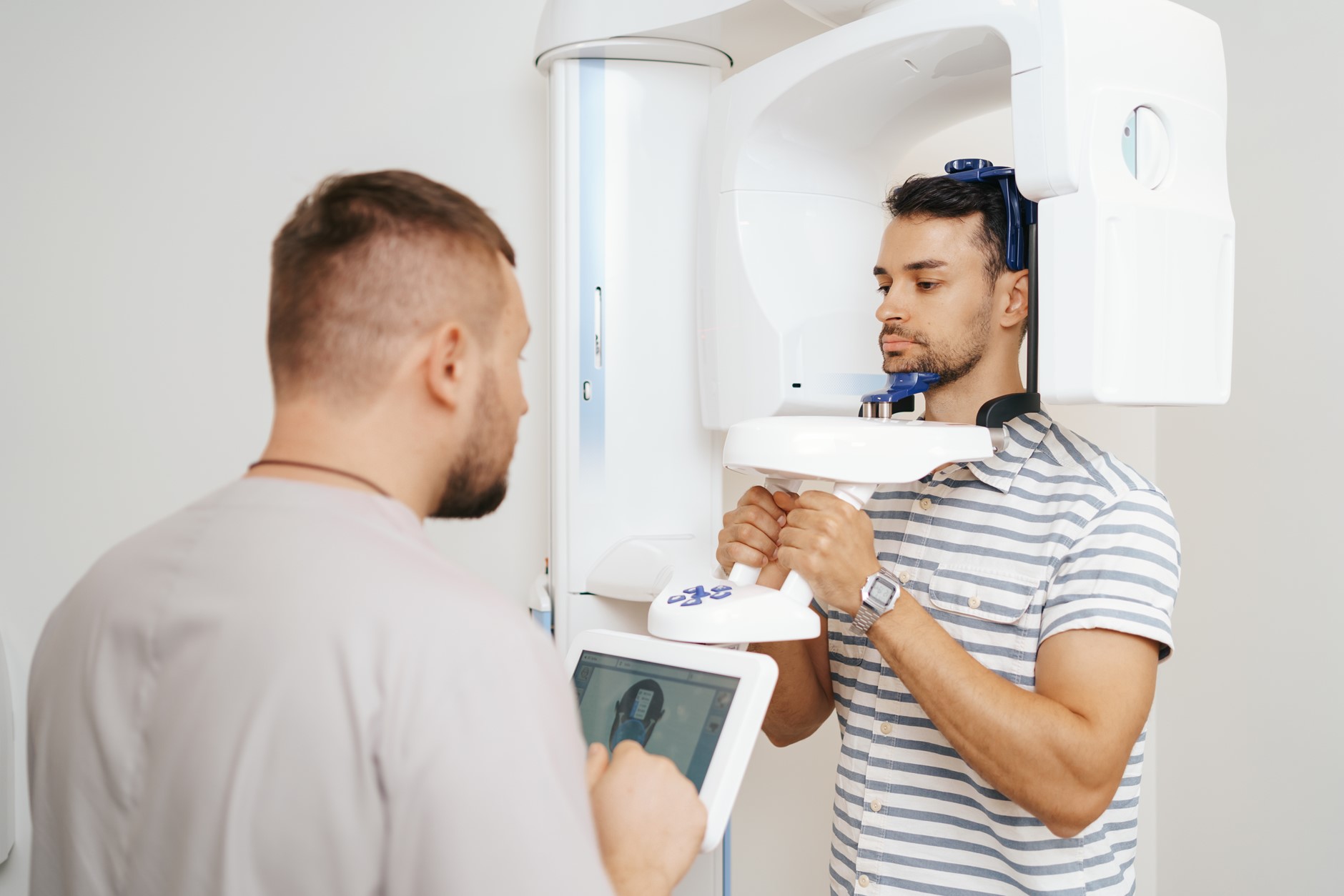Many people visit the dentist and hear about an OPG. But what is OPG in dentistry? OPG stands for Orthopantomogram. It is a special type of dental x-ray. Dentists use it to see the whole mouth in one image. Because it is quick and safe, OPG in dentistry is very important for checking teeth, jaws, and other mouth structures. In this blog, you will learn what OPG is, why it is used, and what to expect during the procedure.
What is OPG?
First, let’s understand what an OPG is. An OPG, or Orthopantomogram, is a dental panoramic radiograph. This means it is a wide x-ray image of your mouth. It shows all your teeth, both upper and lower jaws, and nearby bones in one picture. Because it covers a large area, it helps dentists spot problems that may not be seen with small x-rays.
During an OPG, the machine moves around your head. It takes a single image from ear to ear. This process is quick and painless. Dentists use OPG dental x-rays to check for many dental issues. For example, they can see tooth position, jawbone health, and even hidden infections.
Why is OPG Used?
Now, you may wonder why dentists recommend an OPG. There are several reasons:To check for tooth decay, gum disease, or bone lossTo see the position of wisdom teethTo plan for braces or other dental treatmentsTo find cysts, tumors, or infections in the jawTo check for jaw joint problems
Because OPG dental x-rays give a full view, they help dentists make better treatment plans. Also, they are useful for spotting problems early. This means you can get treatment before issues become serious.
How is an OPG Procedure Performed?
Many patients feel nervous before a dental x-ray. However, the OPG procedure is simple and safe. Here is what you can expect:The dental staff will ask you to remove jewelry, glasses, or metal objects.You will stand or sit in front of the OPG machine.You will bite gently on a small plastic piece to keep your mouth steady.The machine will slowly move around your head. You need to stay still for a few seconds.The x-ray is taken quickly, and you will not feel any pain.
Because the procedure is fast, most people feel comfortable. The amount of radiation is low, so it is considered safe for most patients. However, always tell your dentist if you are pregnant.
Advantages and Limitations of OPG
Advantages
Shows all teeth and jaws in one imageQuick and painless procedureHelps with early diagnosis of dental problemsUseful for planning braces, implants, or surgeryLow radiation exposure compared to some other x-rays
Limitations
May not show very small cavitiesImage can be less clear than small, focused x-raysNot suitable for detailed views of single teethMovement during the scan can blur the image
Preparing for an OPG
Getting ready for an OPG is easy. Here are some simple tips:Wear comfortable clothingRemove earrings, necklaces, and glasses before the scanTell your dentist if you are pregnant or may be pregnantFollow any special instructions from your dental team
Because the scan is quick, you do not need to fast or change your routine.
Frequently Asked Questions about OPG
Is OPG safe? Yes, OPG uses low radiation. It is safe for most people. But always inform your dentist if you are pregnant.Does the OPG procedure hurt? No, the procedure is painless. You only need to stay still for a few seconds.How long does it take? The scan usually takes less than five minutes.Can children have an OPG? Yes, children can have an OPG if needed. The dentist will decide if it is right for your child.When will I get the results? Often, the dentist can see the images right away and discuss them with you.
Conclusion
In summary, OPG in dentistry is a helpful tool for checking your teeth and jaws. It is safe, quick, and gives a full view of your mouth. Dentists use it to plan treatments and spot problems early. If your dentist suggests an OPG, you now know what to expect. Consult your dentist for personalized advice about OPG and your dental health.

